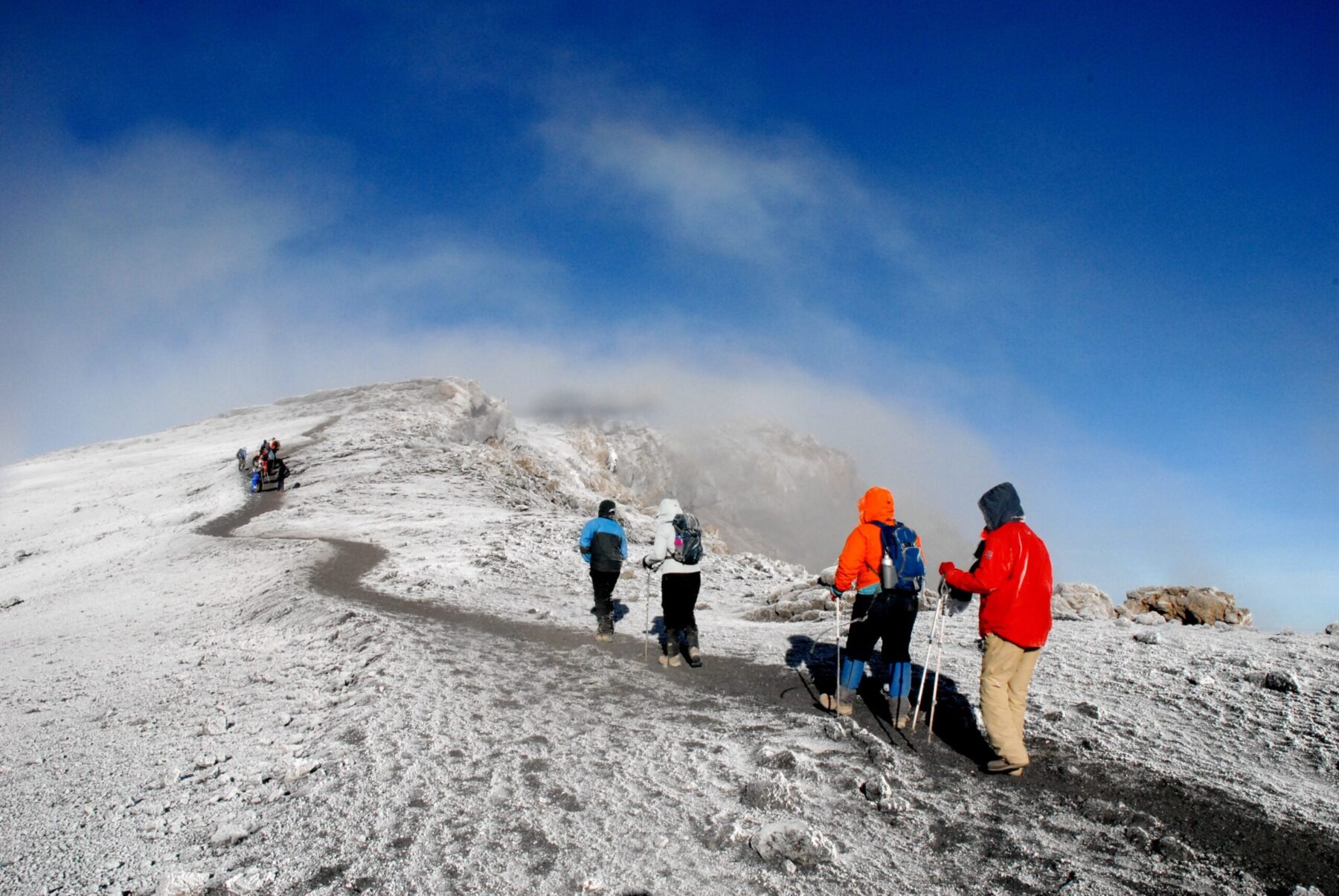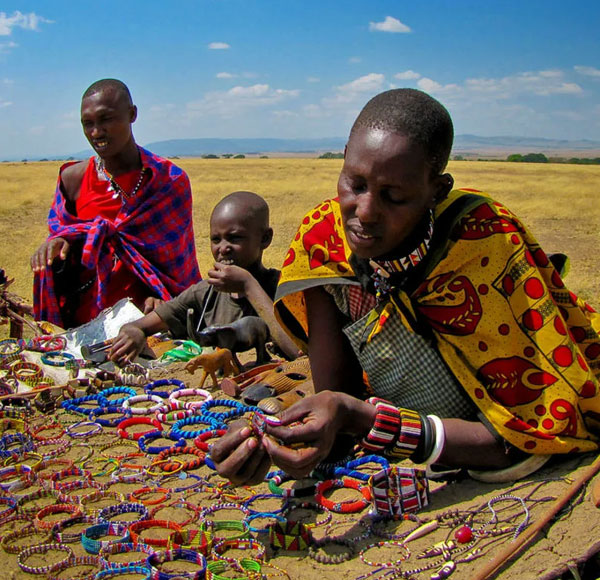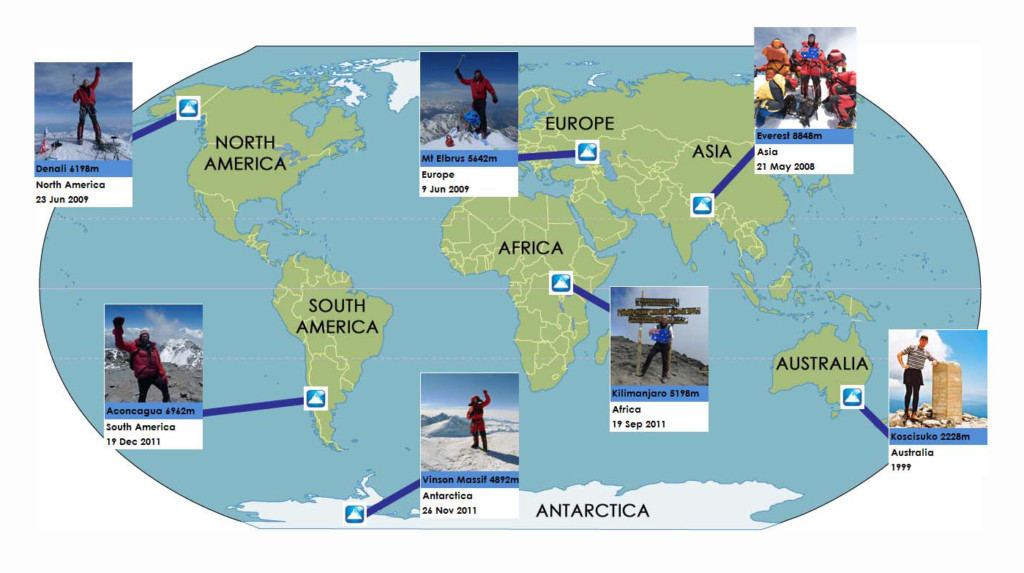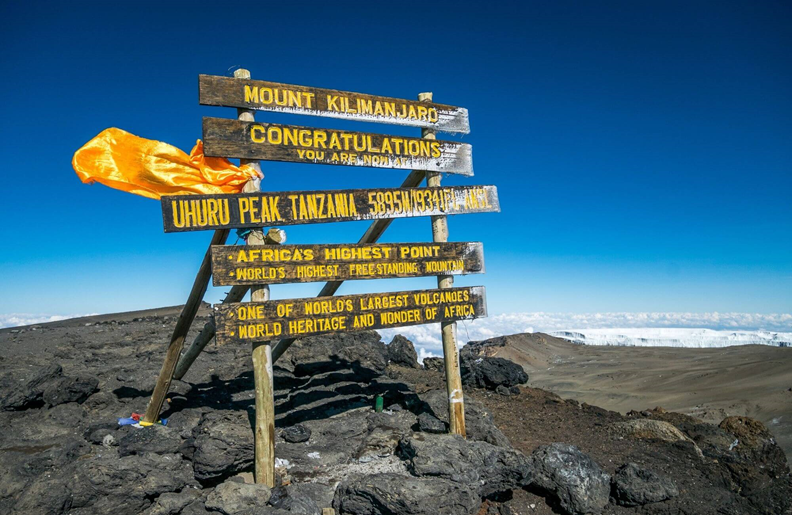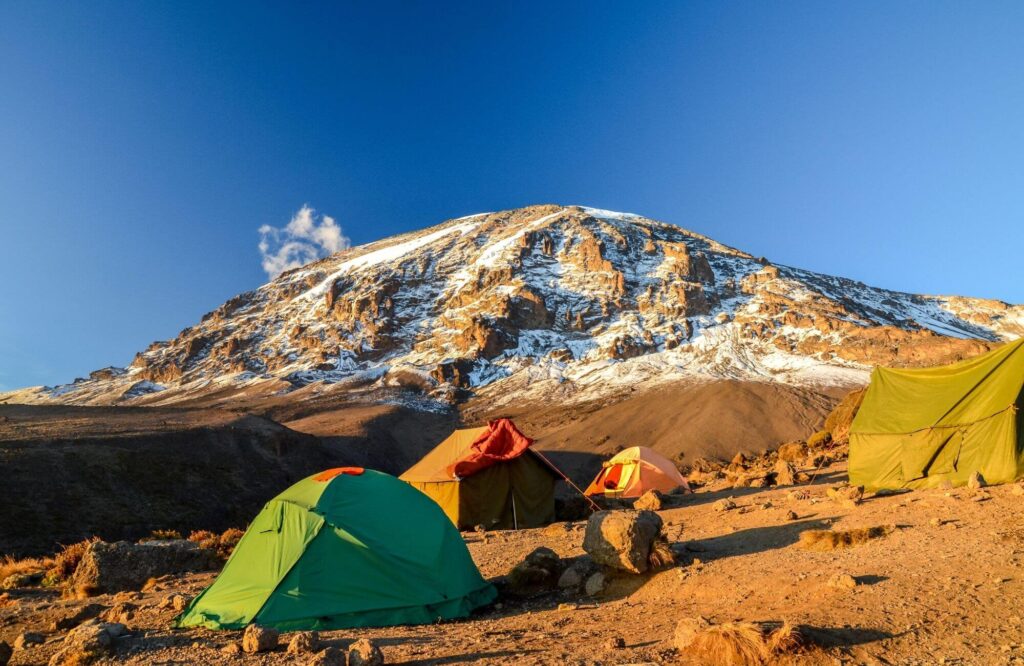LEARN ABOUT MASSAI TRIBE – 10 INTERESTING TANZANIA CULTURAL FACTS!

Written By
African Scenic Safari
25/05/2022
Safari
Tanzania, an east African country is home to more than 120 tribes. From them, the Maasai Tribes are known for their physical beauty—not just their lithe, graceful physiques but for their unique garb and body ornamentation. Apart from benefiting from the vast and diverse Tanzania Safaris and serene beaches across the country, Tanzania also attracts a large pool of crowd from all over the world for Cultural Tourism.
Tanzania Cultural Tours has started to play a crucial role in uplifting the Tanzanian tourism industry. It has helped boost the tourists incoming into the nation resulting in economic development. Not only this has led to the country’s upliftment but also delegated rural communities to benefit from the ever-rising tourism industry.
Tanzania Cultural Tourism enables tourists to explore authentic, endemic Tanzanian culture, local tradition, folklore, arts and crafts, rituals, ceremonies and a lot more giving an insight into the everyday lives of the people with addiction to this it provides exposure to the wildlife treasure of the country.
With so many wonderful ways to explore the vibrant and deep-rooted Tanzanian culture, we are here to provide you with a brief note on the incredible tribe of the Maasais, which is an appeal on its own. Their age-old beliefs, customs, the traditional houses and the unique sense of dressing never fail to impress keen tourists.
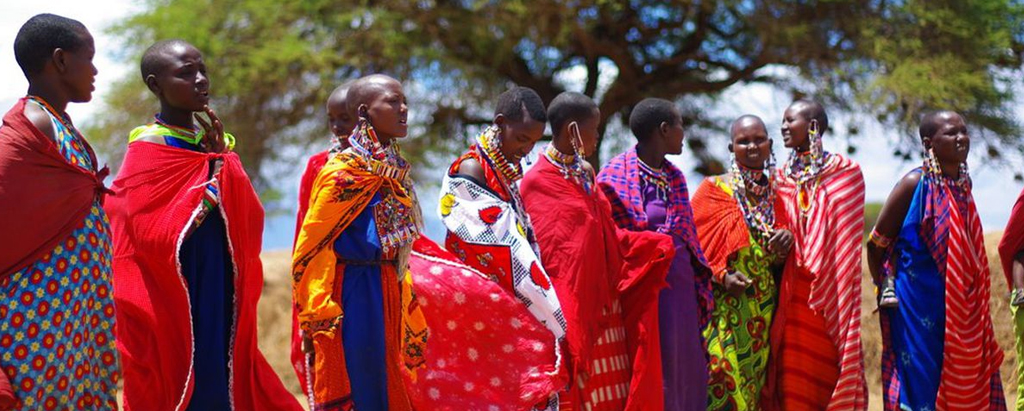
A cultural stroll in the native villages of the tribes gives a broad idea of the lives of the Maasai people. The Maasai Tribe comprises nomadic and pastoralist people, who are a fusion of North Africans and Nilotic tribes originating from the northern part of Turkana lake in Kenya, which they left in the 15th century to inhabit large parts of Kenya and northern Tanzania.
Maasai tribe is best known all over the world for its unique and interesting costume style and their settlements near the game reserves and conservation areas. The Maasais have plenty of unique characteristics in their culture and some of these have been listed below, including their dress, diet and way of life.
- Maasai Homes:
Women are the ones who are responsible to build their shelters using readily available materials like cow dung mixed with mud and sticks for structuring the walls and the roof. The huts are mostly circular or loaf-shaped. The huts are fenced and built by the men in order to protect their cattle from wild animals during the night.
- Maasai Language:
Maasais are named after their language Maa language. It is primarily the spoken language. Many people of the tribe also speak Swahili and English, which are the official language of Tanzania and Kenya.
- Maasai Costume:
People of the Maasai community typically wrap themselves with a red sheet (Shuka) which may also be interchanged with black and blue colour depending on occasion. Multiple pieces of jewellery are worn over it. Young men tend to wear black for several months after their circumcision ceremony.
Maasai members have stretched earlobes which they adorn with rows of beads as well as a single earring to weight it.
- Maasai Follows Polygamy:
Maasai women often enter polygamous marriages with wealthier men in the community. Often, these marriages are arranged by the tribe’s elders. The men are quite elder as compared to the wives which mean the Maasai Tribe has a lot of widows. They are not expected to remarry, either. The primary role of the Maasai women is to have and raise children.
- Maasai Eating Habits:
Maasai people fulfil their protein and calorie intake from milk and meat from their cattle. Recently, they have started introducing maize meal, potatoes, rice and cabbage into their diet.
Maasais believe raw blood from cattle to be rich in protein content. They consume blood on various occasions like when they are sick, have just been circumcised, or have just given birth.
- Cattle Symbolises Prosperity:
Maasais spend most of their time gathering cows. They believe the more cows the more is your wealth and the more prosperous you are. They rely greatly on their cattle for milk, meat, and cheese and the clothes and mattresses they wear or use are often made out of cowhide.
- Maasai Calendar:
Maasais follow their own calendar. There are three main seasons- long rains, short rains and seasons of drizzles.
- Maasai Religion:
The Maasai people are monotheistic, and worship their God named Engai or Enkai. They believe their God to have two different forms.
- Enkai- Narok, The Black God, good and beloved. He is worshipped in the form of thunder and rain, bringing grass and prosperity.
- Enkai-na-Nyokie, the Red God, vengeful, brings famine and hunger. He is found in lightning and is identified with the dry season.
Today, most of the Maasais are Christians and very few are Muslims.
- Maasai Hair:
Both the women and men Maasais clean shave their heads to celebrate rites of passage such as circumcision and marriage, this symbolises a fresh start as one begins a new phase in their life. The Maasai warriors are allowed to wear long hair, which they weave in thinly braided strands.
- Maasai Music and Dance:
The Maasai music is mostly vocal without any instruments involved except for the large horns used for certain songs. The lead vocalist starts singing wherein the rest members respond with one unanimous call in acknowledgement.
The peak season for singing and dancing is during the rains, which is of course a favourable time to celebrate important passages of life such as circumcision and marriage. Maasais jump and dance in order to celebrate and express happiness and merrymaking.

Tanzania Cultural Tours gives a wonderful opportunity to all its visitors in knowing about this incredible tribe and see their lives in close proximity. If you are the one who loves learning about different cultures and traditions prevailing in the world, then Cultural Holiday In Tanzania is the best way.


